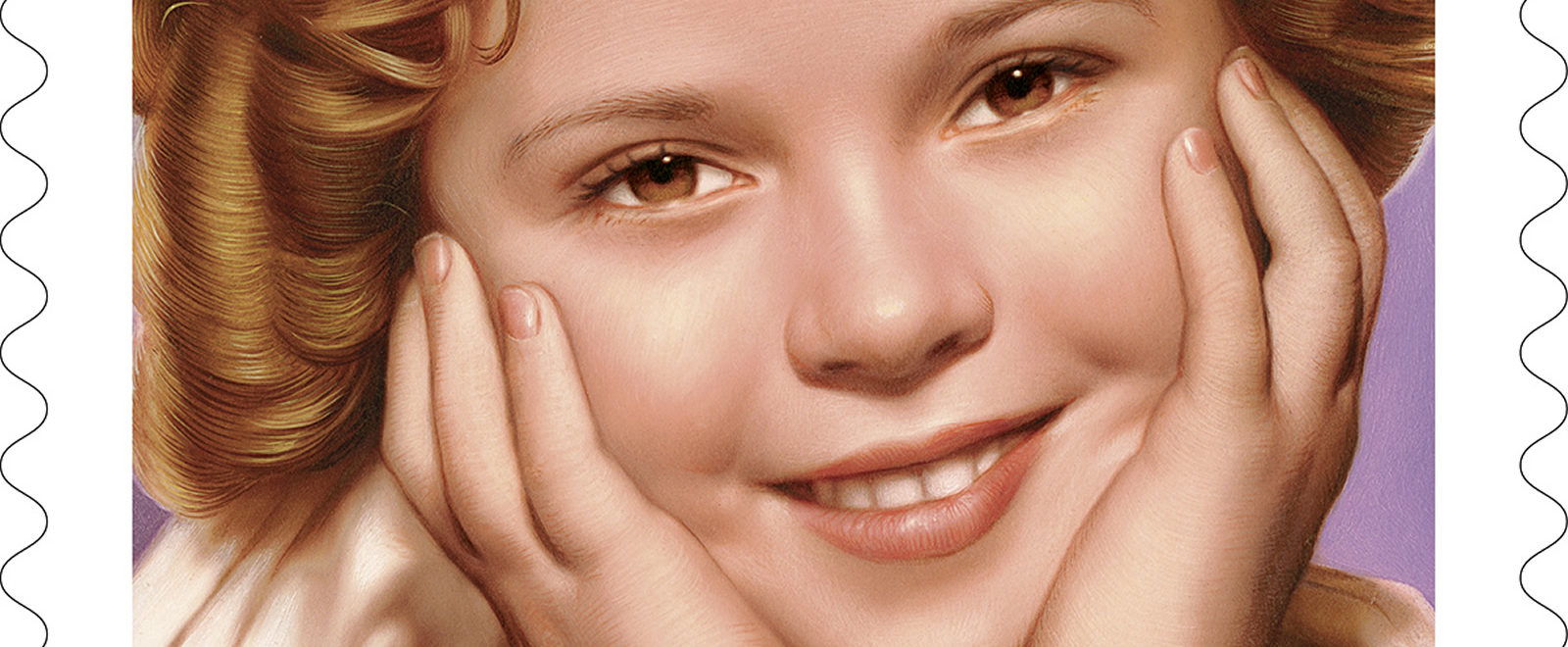SUSAN FALASCHI AND CHARLES BLACK JR. RECALL THEIR BELOVED MOM AND RELISH THE CHANCE TO SHARE HER CHERISHED MEMORIES WITH FANS
Interview by Hector Cantú
The world was reminded yet again this year why Shirley Temple is among the most beloved personalities to emerge from Hollywood.
EVENTS
►JEWELRY SIGNATURE® AUCTION 5256, which includes Property from the Personal Collection of Shirley Temple Black, is scheduled for Dec. 5-6, 2016, in Dallas and online at HA.com/5256. For information, contact Jill Burgum at 214-409-1697 or JillB@HA.com.
►THE SHIRLEY TEMPLE BLACK ESTATE SIGNATURE® AUCTION 5283 is scheduled for Dec. 6, 2016, in Dallas and online at HA.com/5283. For information, contact Carolyn Mani at 214-409-1677 or CarolynM@HA.com, or Margaret Barret at 214-409-1912 or MargaretB@HA.com.
In April, the child star-turned-diplomat received her own postage stamp, joining silver screen legends such as Marilyn Monroe, John Wayne, Humphrey Bogart and Audrey Hepburn.
“She is remembered as a face of hope during the Great Depression, as an undeniable presence during the Cold War, and for a resilient personality that enabled her to carry forward an enduring grace,” President Obama said in a letter read at the stamp unveiling ceremony.
Enlarge

The stamp is the latest treat for fans of the Little Colonel. Last year, Temple’s movie costumes and treasured childhood memorabilia, along with her extensive doll collection, were brought to auction. This December will see a different sort of auction, with items she lived with at home throughout her adult life. “The collection will offer her fans worldwide a once-in-a-lifetime opportunity to bid on cherished items from her home and extensive career,” says Heritage Auctions consignment director Carolyn Mani.
Making her screen debut in 1932, Temple would appear in 40 major motion pictures before she was 12. She later appeared in 50 primetime television productions. Her career as a diplomat was launched in 1969, when President Nixon appointed her a U.S. Delegate to the 24th U.N. General Assembly. Over the next two decades, she served as U.S. Ambassador both to Ghana and Czechoslovakia, as the first woman U.S. Chief of Protocol, and as the first and only Honorary U.S. Foreign Service Officer.
Enlarge
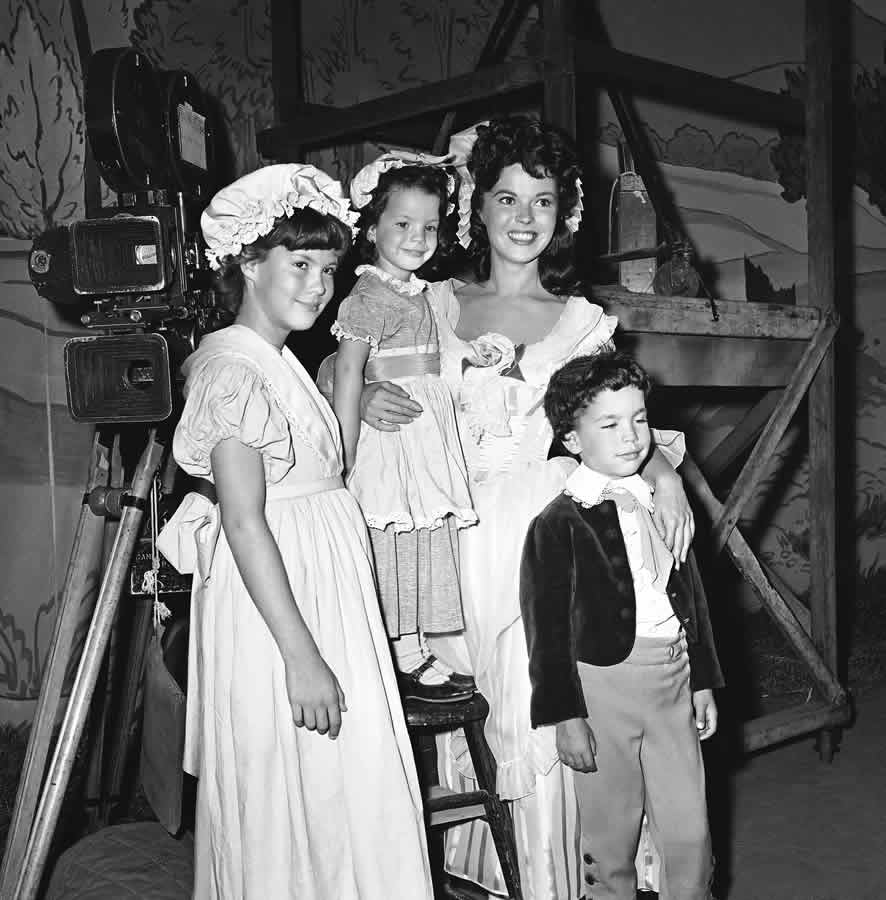
Temple married former Naval Officer Charles A. Black in 1950. They stayed together until his death in 2005. Since Shirley Temple Black’s death in 2014, her family has reserved select items for donation to museums. Movie memorabilia – such as the “Little Oscar” she received in 1935 – will be on display at the Academy Museum of Motion Pictures, scheduled to open in Los Angeles in 2018. Career diplomatic artifacts are destined for the U.S. Diplomacy Center in Washington, D.C., expected to open next year. And her collection of vintage Hawaiiana, built around her 1935 “Aloha Cap’t. Shirley” surfboard autographed by Duke Kahanamoku and the Waikiki Beach Patrol, is looking to a new home with the Bishop Museum in Honolulu.
Now, the family is releasing cherished items from her home in two Heritage auctions scheduled for December. The first auction will be of fine jewelry, and the second of furnishings, wardrobe and decorative arts.
In a telephone interview from the Woodside, Calif., home their parents’ built for themselves in the late 1990s, we spoke to Susan Falaschi and Charles Black Jr. about their mother’s legacy and the upcoming auctions.
Enlarge

Estimate: $8,000-$10,000
From the Personal Collection of Shirley Temple Black
How important is it for the family to see this stamp issued by the Postal Service?
Susan: It’s a great honor. Every time someone puts a stamp on a card or a letter, they will see her little face and they will remember her with joy and pleasure.
Shirley Temple was so much more than a film star. What do you consider her most impressive achievements as an adult?
Charles: The glaring omission between actor and diplomat is her middle career, which she very much counted as a career, and that was raising her family. During that period, she was pretty much striking a lower, more local profile. She was involved in children’s health issues. She was involved in children’s theater. She was very involved with our lives.
Susan: She would come to see us in a little school play or come to recitals that we did, a piano piece maybe. She would be sitting there with Daddy and sometimes our siblings, and she would be there with the other moms and dads, just a regular mom proud of her kids. And there was always praise afterwards, always hugs and kisses and smiles. She was a person you could count on, absolutely.
Charles: She and Dad did such a wonderful job raising us. We had family vacations and dinner every night together. And so that really was the accomplishment she was the proudest of.
Enlarge
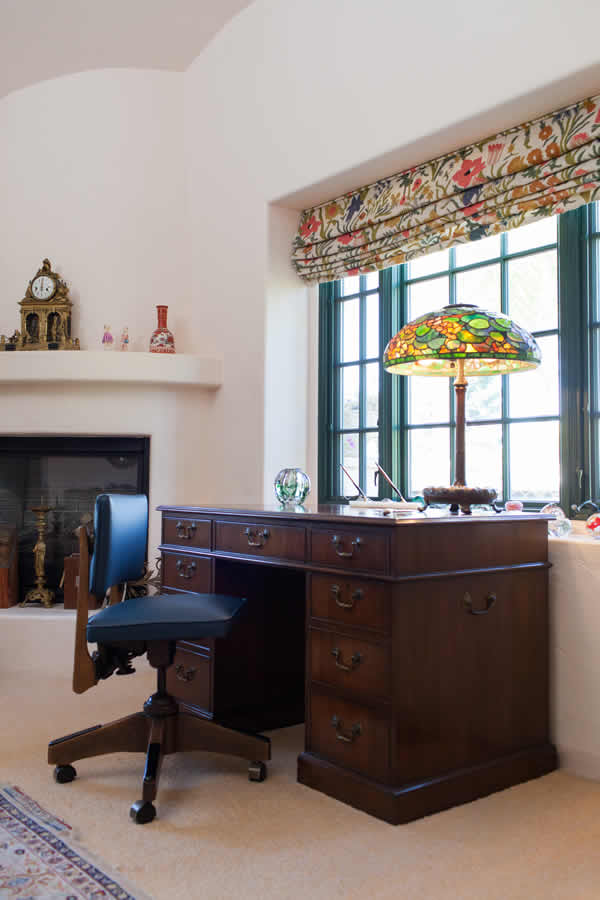
By 1998, when she received her Kennedy Center Honor, you both were adults. What do you remember about that night?
Charles: I was present at the Kennedy Center Honors. When they got to our mother, and she was the last to be honored, from the back of the house came, it must have been 100 or so, a United Nations children’s choir and they were coming down the aisles singing On the Good Ship Lollipop, and they did a balloon-drop. If you looked at my mother at that moment, she was thinking, “Oh my God, this is really over the top!”
Before that, your mother had met the Queen of England?
Charles: You may know that story. When she was a child, the princesses Elizabeth and Margaret wished to have Shirley come over for a playdate at Buckingham Palace. For one reason or another, the movie studio couldn’t quite see how they could manage it and it didn’t happen. So Princess Margaret and Princess Elizabeth and little Shirley in Hollywood had this unfulfilled desire to see each other and perhaps play.
I think Mom first met Queen Elizabeth face to face when the queen arrived in San Francisco on her yacht, the Britannia, sometime in the early 1980s. So she met the queen that evening on her yacht in San Francisco Bay. I was visiting in Prague while she was ambassador there and we had a sit-down with Princess Margaret, a nice private visit in the British embassy. It was funny listening to them talk about what they had hoped for in the 1930s.
Enlarge
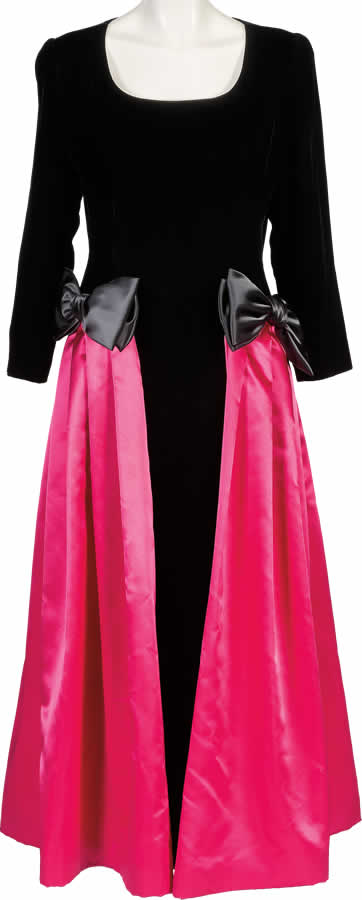
Estimate: $1,000-$1,500
From the Personal Collection of Shirley Temple Black
Tell us about the items going to auction. Where have these items been?
Susan: These are family items, items from the house. She loved to go to San Francisco to Jackson Square and later the Design Center, which was ground zero, shall we say, of decorative art. We wandered around, looked at the beautiful shops and beautiful stores and both of us, I think, got an education on how items looked together, the kinds of fabrics that were beautiful. She was a very artistic person. Her rooms always had something interesting for people to look at and talk about or recognize.
Many are discoveries that Mom made with her friend Phoebe Hearst [granddaughter of William Randolph Hearst], who was a schoolmate of hers in the 1940s.
Enlarge
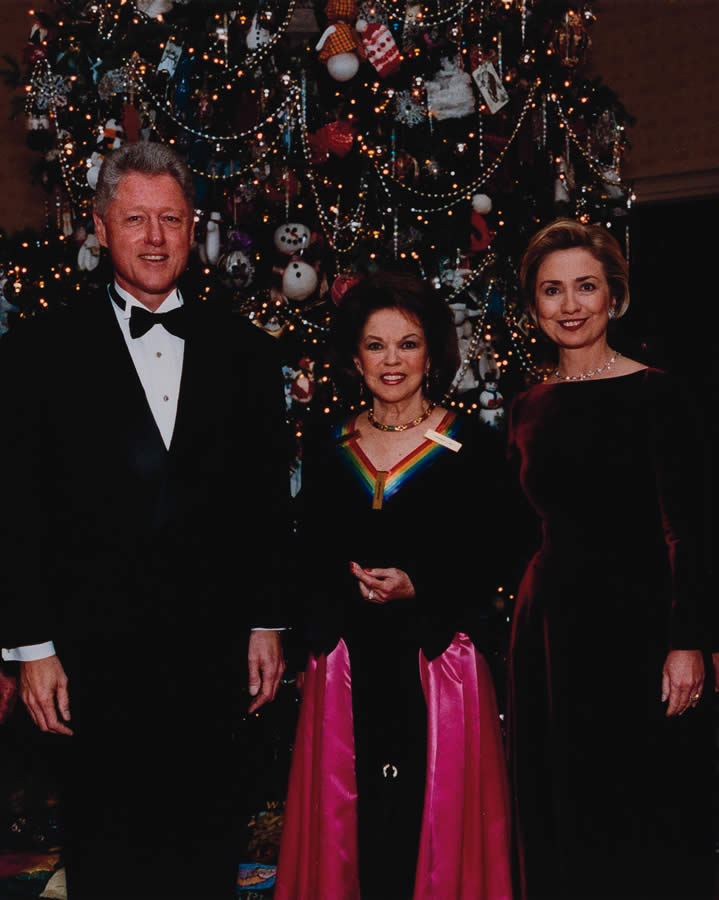
Photo courtesy the Shirley Temple Black Estate
Charles: One of the things our mom and dad and Phoebe and her husband took great delight in doing was going around to these warehouses that the Hearst family had here and there with all these amazing things that were collected on behalf of Hearst. So they would come home with some beautiful panel doors from 14th century Spain. There are all kinds of wonderful things from Hearst that are in the house. Some are architectural and are staying put and some of them aren’t. These are amazing, interesting artifacts of a time long gone. Our parents took great delight in having beautiful things, particularly things that required artisanship, workmanship.
I was just reading, on a completely unrelated topic, about the warehouses William Randolph Hearst kept for his collections. These are the places your mom and dad went to find items?
Charles: If our parents liked something and they thought they could integrate it into our home, whichever home it was at the time, they would strike a deal with the Hearst family. They didn’t just go in and help themselves!
So it’s possible that some of these items were actually collected by Hearst himself?
Charles: They were paid for by him. He had people all over the world searching for beautiful things. Witness the wealth of San Simeon in Central California, the beautiful Hearst mansion down there. Even in a palace like that, he only had room for so many tables and sculptures and tapestries. So they had these warehouses all over the place. I have to say as we’re sitting here in our parents’ living room we have an elaborate 13th century fireplace mantle from one of those visits.
Susan: A German fireplace mantle with a battle scene on the front. It’s not an apartment-type fixture! It really dominates the room.
Art Deco Diamond, Ruby, Platinum Charm Bracelet, Gift from Bill “Bojangles” Robinson
Estimate: $10,000-$15,000
From the Personal Collection of Shirley Temple Black
Enlarge
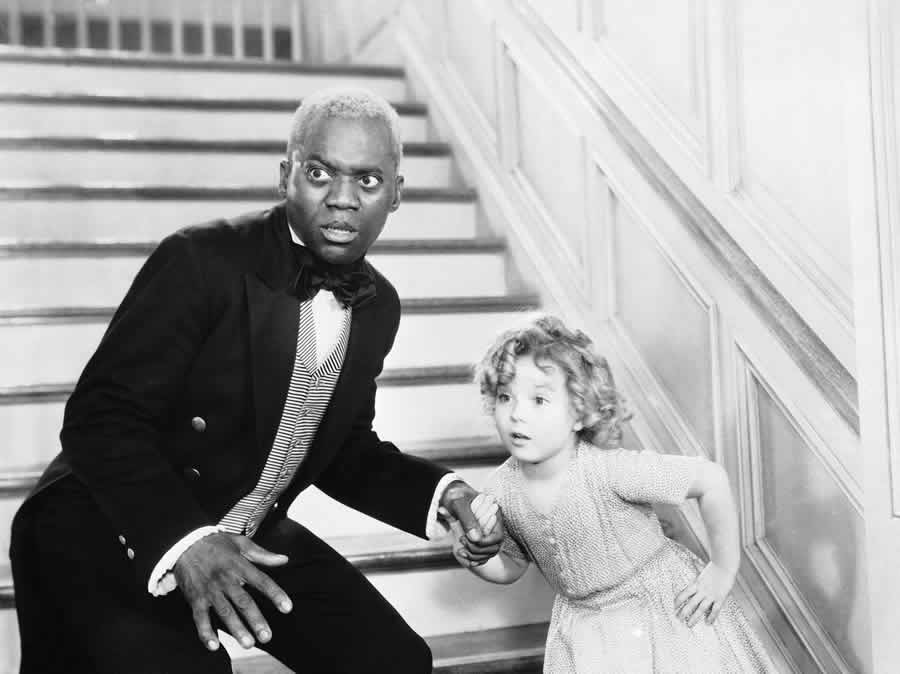
These trips with Phoebe Hearst were in the 1960s?
Charles: Yes. We may not have noticed if they were doing it earlier, in the 1950s. We were living in a house in Atherton that was a traditional California rancher and in the 1950s our parents’ tastes ran to Asian art and so, as a result, what you found there was probably a modern, ebony-colored round table with Chinese portraits on the wall. When we moved to Woodside, an English Tudor house designed by Willis Polk, it lent itself to a different approach and I think that’s when the sorts of things Hearst was attracted to became attractive to our parents as well.
Going back to shopping in San Francisco, what kind of items were you and your mom picking up?
Susan: We did a lot of shopping for carpets. She loved fabrics with color and prints. She would look at a piece of furniture and say, “OK, I need to find something that’s going to look really beautiful on this.” On one of our trips, we literally came around a corner and saw a big bundle of fabric that had hibiscus and big leaves in her favorite colors, which were oranges and greens. She said, “That is the fabric!” She could look at fabric and imagine it in a room for a house that hadn’t even been completed yet. It was just a gift she had, a real affinity with color.
At this moment, I’m sitting on a chair covered in that fabric. There are pieces in the house that traveled through her life with her. And they just kept getting re-covered because she was a practical woman.
Charles: You might note that as Susan and Mom were making these trips to San Francisco and elsewhere, our mom did so as an interior decorator licensed by California since 1954. She delighted in helping her friends with their homes.
You don’t hear much about Shirley Temple visiting fabric shops in San Francisco on her off days.
Susan: We would make a day of it. We would go out in the morning, look at various shops, wander around. Then we’d have lunch together. Then we would spend the afternoon, another two or three hours, looking at all these beautiful stores. She was very bold in her choices, totally unafraid to try something new and experiment.
Enlarge
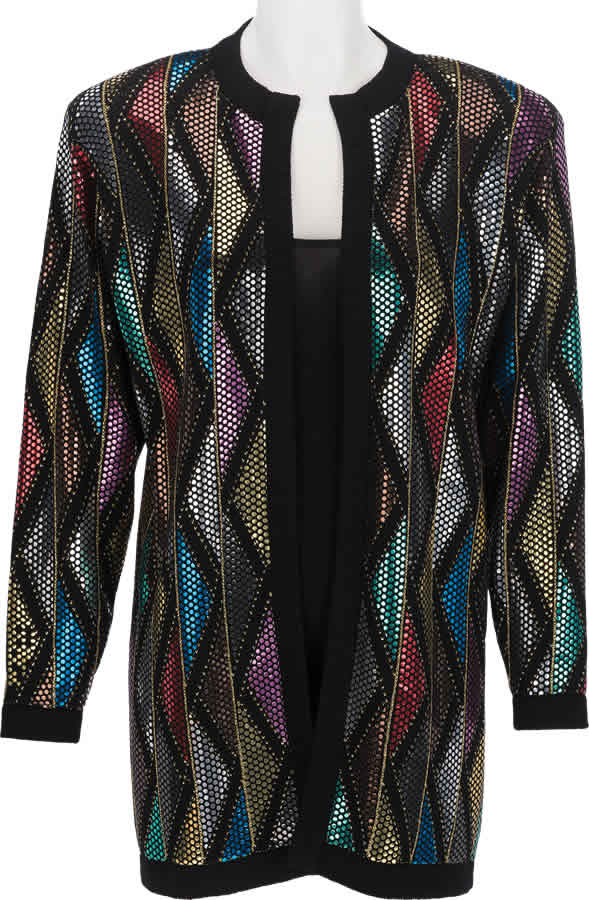
Estimate: $400-$600
From the Personal Collection of Shirley Temple Black
Enlarge
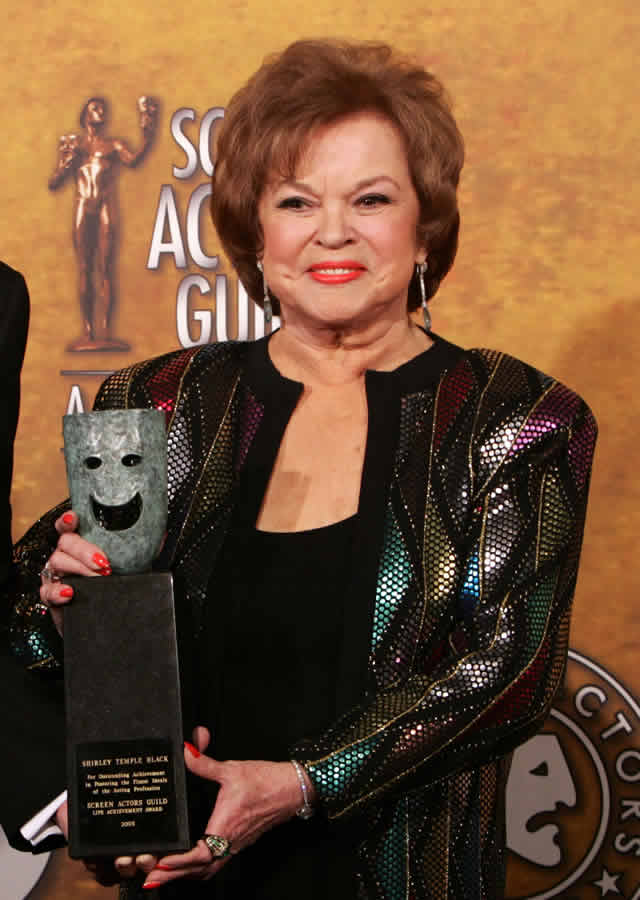
What other items in the auction are special or interesting to collectors?
Charles: Well, the fireplace mantle we mentioned won’t be in the auction. It’s huge! When we were thinking about what to include, we said to ourselves some of these things are best treated as architectural features of the home. We’re not tearing out the fireplace. But certainly there are a good number of wonderful things that come from the Hearst collection, among them 14th and 15th century tables, a vargueno chest, and fascinating table ornaments and architectural fragments. And not Hearst, but there are exquisite collections of jewelry and silverware.
It seems these are personal items, as opposed to movie costumes or Hollywood memorabilia.
Charles: The difference between those things and the things we are talking about now are these things have much more of an emotional meaning to the family. We lived with these things.
Susan: They represent life experiences… hers and ours.
Charles: We grew up and lived with these things. There’s a huge volume of silver, but if you think about it, there was a time when my mother and father were very much into gracious entertaining, a big table with beautiful silver and crystal, beautiful services on the sideboard…
Susan: Family dinners, family Christmas dinners, family Thanksgiving dinners…
Charles: …birthdays, anniversaries. All these things. Many wonderful things. There’s a gorgeous Tiffany Studios lamp. She came across this lamp at the end of the 1950s, maybe 1960. It was actually used in one of her Shirley Temple Storybook episodes [for NBC]. She took a liking to it and she acquired it. It was on her desk in her bedroom.
Enlarge
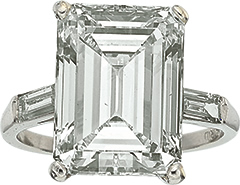
Estimate: $75,000-$100,000
From the Personal Collection of Shirley Temple Black
So where do you hope these items end up? What’s the ideal place for them?
Susan: I hope they go to homes where people will enjoy them as much as she did… that they become a part of their family. The point of beautiful things is that we are stewards of them while we have them, and then when we pass on, we send those items on their journey to please someone else.
Charles: These things are not only beautiful in their own right, but they are things that gave our mother and family such specific enjoyment. If someone thinks that Shirley Temple Black was a pretty cool person, then this lamp or painting or this set of silver miniatures or these snuff bottles will find a loving reception.
Why is the auction happening now?
Charles: The overall structural impetus is that our parents are gone and we have a vast amount of physical property, all of which has great meaning to them and great meaning to us, but which is an overwhelming bulk of material. It’s our job to resolve the estate and close it. We have a large volume of things, things that will bring joy and pleasure to other people and so for those reasons, this is the right time.
Susan: Our experience with the first auctions opened our eyes to the fact that there are millions of people all over the world who love Mommy very much, even though she is no longer alive. And there seems to be a big online community of fans, generations of people who admire her. This is a way for them to connect with Mom. People are loving her and these are tangible things they can see and touch and remember.
Enlarge
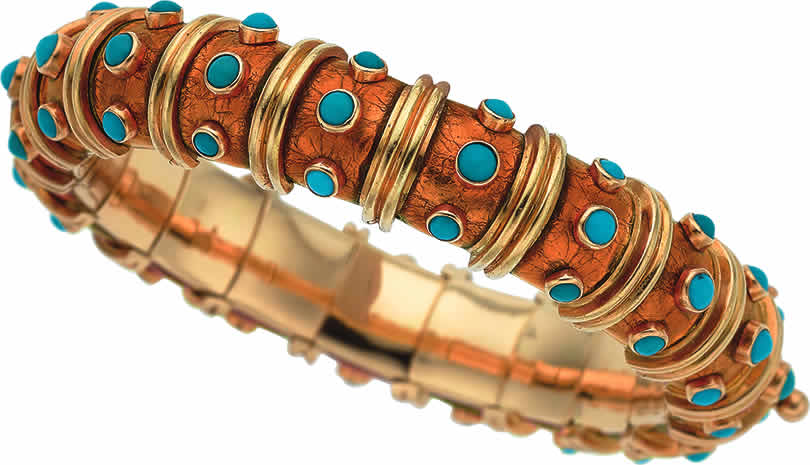
Estimate: $10,000-$15,000
From the Personal Collection of Shirley Temple Black
Finally, what’s the ideal legacy of your mom, the way you believe she should be remembered?
Susan: People should know that she was a generous person. She was very aware of other people, no matter who they were or in what circumstance she found them. She was loving and we all adored her.
Charles: We have an appreciation for what people think of our mother, and what they value about her legacy. It’s the same thing she was as a little girl and as a diplomat. She had a decided authenticity to her. What you saw is what you got. We remember our schoolmates or people who didn’t know her coming to meet her for the first time at the house and thinking, “Oh my God, I’m meeting Shirley Temple!” but within five minutes, they’re sitting there with her in her living room talking and they’ve forgotten all of that. She was a genuine, authentic, lovely, interested person.
What’s left when you strip away all of the fame and celebrity is a person that achieved all of that, and the person who achieved all of that was a remarkable woman, a remarkable human, and that’s what we will always value. A wonderful person. We had so much fun with her. It was such a kick.
HECTOR CANTÚ is editor of The Intelligent Collector.

